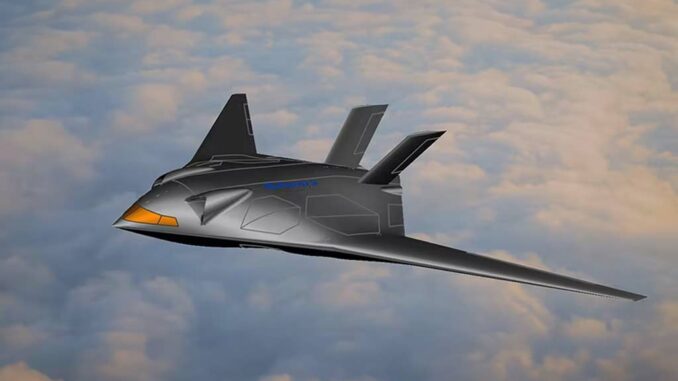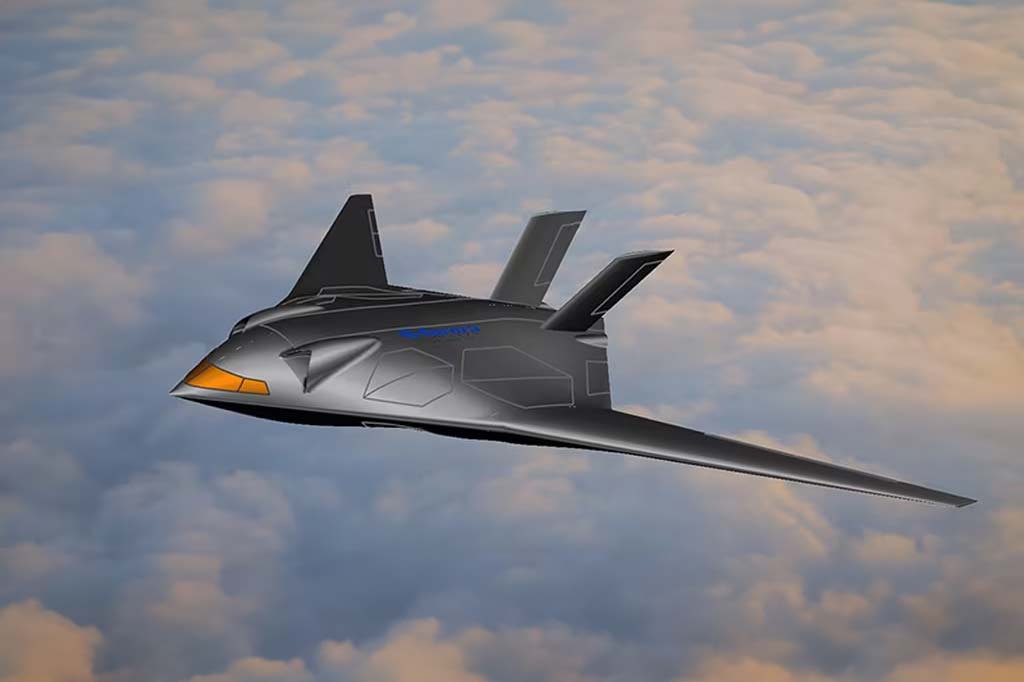
DARPA is collaborating with companies to develop a vertical take-off X-plane, aiming for speeds surpassing the Osprey, redefining the future of military operations.
The Defense Advanced Research Projects Agency (DARPA) has embarked on an innovative aviation ambition: to create a vertical take-off and landing (VTOL) aircraft capable of significantly surpassing the speeds of the Osprey V-22. The project, named SPRINT, aims to develop technologies for fast, runway-independent operations. In collaboration with four major companies in the sector, DARPA envisions a breakthrough that could transform military tactics, logistics and transportation. This article explores in detail the SPRINT initiative, its technical, contextual and future implications for aviation and defense.
SPRINT’s ambition: to push back the limits of VTOL speed
The SPRINT program aims to create a revolutionary VTOL aircraft, capable of speeds between 740 and 830 km/h, 100 knots faster than the Osprey V-22. Requirements include stable hovering capability, efficient transition between hovering and forward flight, and a distributed propulsion system. DARPA is offering companies a great deal of freedom in their design approach, including the decision to have piloted or autonomous aircraft. This project is not only a challenge in aeronautical engineering, but also pushes the limits of current physics and technology, with a particular focus on unprecedented speed and agility for VTOL aircraft.

Context and strategic importance of the project
In a world where asymmetric conflicts and rapidly changing operational environments dictate the need for agile and adaptable military capabilities, DARPA’s SPRINT initiative is more relevant than ever. Potential applications for such an aircraft are vast, including special operations, logistics and transportation, personnel recovery, and much more. The ability to take off and land vertically at high speeds in areas without conventional runways offers a considerable strategic advantage, particularly in scenarios where rapid access and evacuation are critical.
Consequences and future prospects for high-speed VTOL
The successful adoption of high-speed VTOL technologies would open up new dimensions for military and civilian operations. For military forces, this means increased mobility and responsiveness, with the ability to rapidly deploy forces and equipment in hard-to-reach areas. From a civilian perspective, these advances could influence the development of urban aviation and emergency transport services, reshaping the way we think about fast, efficient transport. However, these advances also raise questions about safety, regulation and the integration of complex autonomous systems into increasingly congested airspace.
The challenges of these advances
The development of these technological advances is not without its challenges. It requires significant investment in research and development, close collaboration between government agencies and private companies, and careful attention to ethical and safety implications. The concepts presented by companies such as Aurora and Bell Textron demonstrate the diversity of approaches that can be envisaged, from tiltrotor aircraft to more radical designs incorporating blended wing bodies and lifting fans.
DARPA’s SPRINT project symbolizes an ambitious step towards the reinvention of VTOL capabilities. By aiming for speeds well beyond those of today’s Osprey, DARPA is seeking to set a new standard for fast, flexible military and civilian operations, independent of traditional infrastructures. While the technological and practical challenges are many, the potential implications of these advances promise to reshape the future of military transport and operations, marking a watershed in modern aviation.
War Wings Daily is an independant magazine.